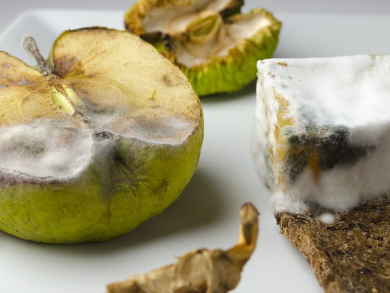Aflatoxins are produced by molds and are both poisonous and highly carcinogenic. They can cause liver damage and liver cancer. These toxins can be found in improperly stored food, and due to the high health risks associated with aflatoxins, many countries have set very low maximum limits for them in food. These limits are in the range of 2–20 μg/kg, with even lower values for baby food and formula. To detect such low concentrations, analytical methods have to be very sensitive. This causes a need for time-consuming purification of the samples. A simpler way to extract aflatoxins from food samples would be useful.
Bing Shao, China Agricultural University, Beijing, Junwang Tang, University College London, UK, and colleagues have developed magnetic nanostructures which can bind and extract aflatoxins and allow easy purification using a magnet. The team coated magnetic Fe3O4 nanoparticles with chitosan using a solvothermal process. Then they bound a shell of broad-spectrum aflatoxin antibodies, which can bind six different aflatoxins, to the particles.
The researchers extracted food samples with a water/methanol mixture and added the magnetic nanostructures to the extracts. The nanoparticles were collected using a magnet, and the residue bound to the magnets was dissolved and analyzed using ultraperformance liquid chromatography coupled to triple quadrupole mass spectrometry (UPLC/MS/MS).
The team found that the efficiency of the nanoparticles for extracting aflatoxins is over 60 times higher than that of conventional extraction methods. The method allows the detection of aflatoxin concentrations as low as 0.003 μg/kg, well below legal limits. According to the researchers, the method could provide an efficient and fast way to detect aflatoxins in food and help to prevent liver cancers.
- Design of Multifunctional Nanostructure for Ultrafast Extraction and Purification of Aflatoxins in Foodstuffs,
Jie Xie, Haiyang Jiang, Jianzhong Shen, Tao Peng, Jianyi Wang, Kai Yao, Shujuan Sun, Bing Shao, Junwang Tang,
Anal. Chem. 2017.
DOI: 10.1021/acs.analchem.7b02777


